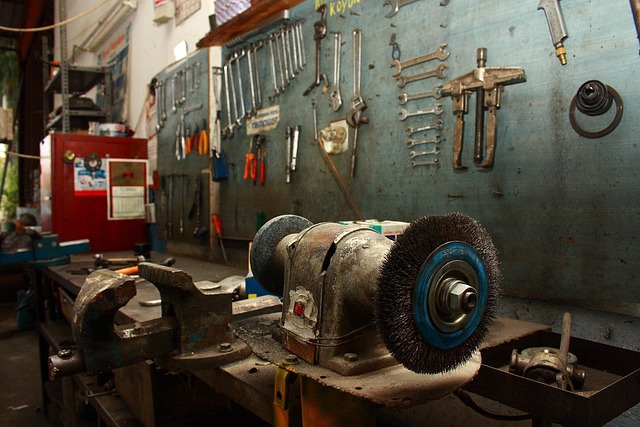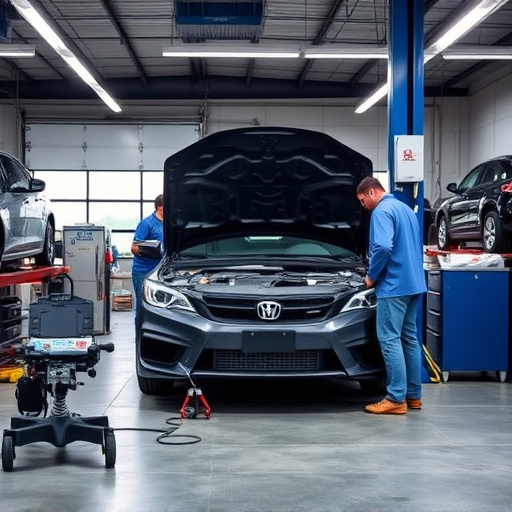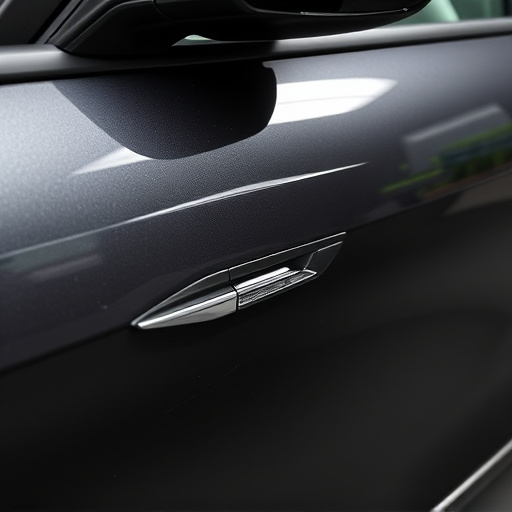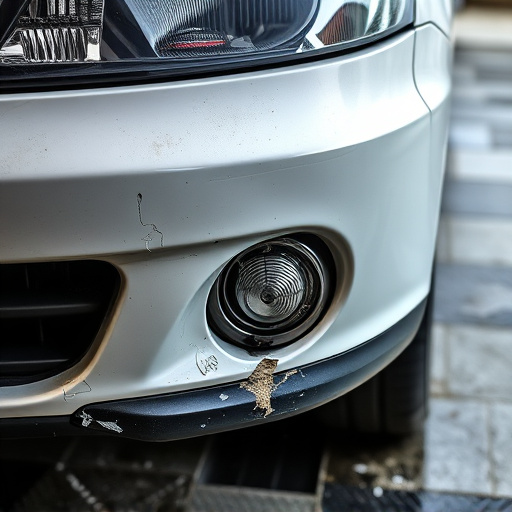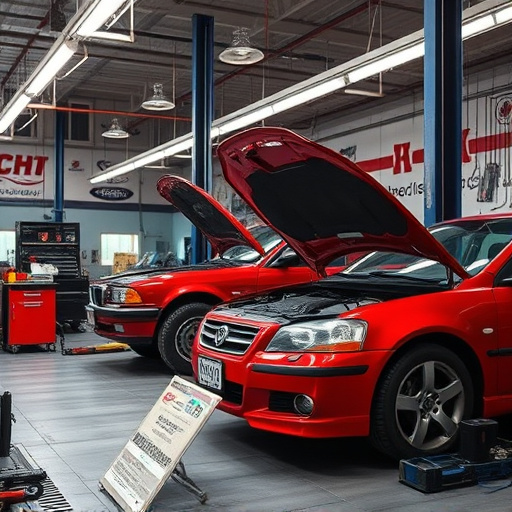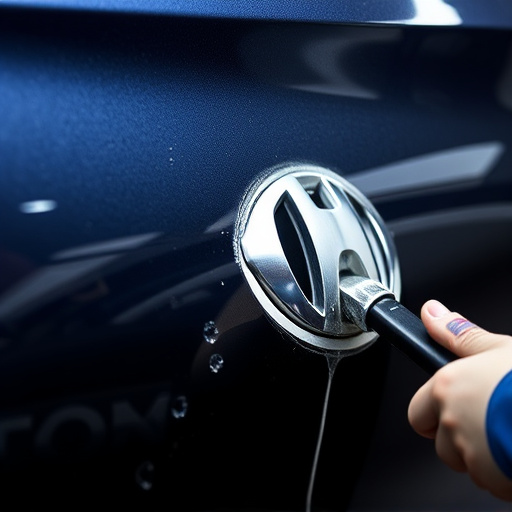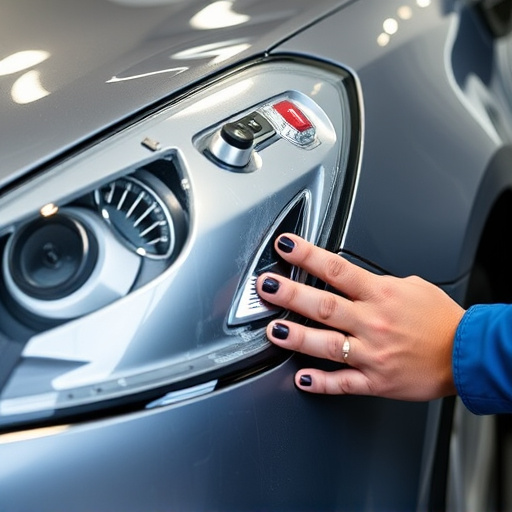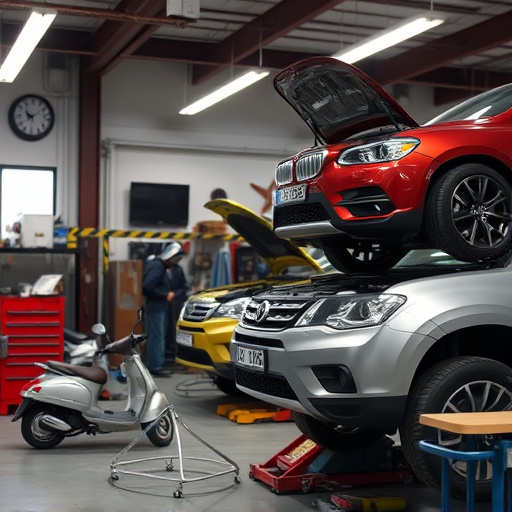A sustainable collision center goes beyond basic auto body repairs by integrating eco-friendly practices, using recycled materials, renewable energy, and advanced technologies to minimize waste, energy consumption, and environmental impact. These centers contribute to community well-being through cleaner air and water, prioritize employee and customer safety, and drive positive environmental change within their communities, becoming models for green innovation in the auto industry while fostering local economic growth.
A sustainable collision center isn’t just about car repairs; it’s a hub for environmental stewardship and community health. By prioritizing eco-friendly practices, these centers reduce their ecological footprint, from using recycled materials in their operations to minimizing waste and emissions. This commitment extends to promoting well-being within the local community through green initiatives like recycling programs and educational efforts. Discover how these centers are making a tangible impact on both the environment and society as a whole, setting a new standard for collision industry leadership.
- The Role of a Sustainable Collision Center in Environmental Conservation
- Promoting Community Well-being Through Green Practices
- Measuring Impact: Success Stories from Sustainable Collision Centers
The Role of a Sustainable Collision Center in Environmental Conservation

A sustainable collision center plays a vital role in environmental conservation by adopting eco-friendly practices throughout its operations. These centers, beyond providing essential auto body services and expert repairs, strive to minimize their ecological footprint. One significant way is by utilizing recycled materials and renewable energy sources whenever possible. This commitment extends to the disposal of hazardous waste, ensuring that toxic substances from damaged vehicles are handled responsibly to prevent soil and water contamination.
Moreover, these centers often incorporate advanced technologies for efficient auto maintenance, such as state-of-the-art diagnostics and precision repair techniques. These innovations not only reduce the need for excessive replacement parts but also minimize the energy consumption associated with traditional collision repair methods. Through these sustainable practices, collision centers contribute to a greener environment while offering top-notch services like dent removal, ensuring both community health and ecological preservation.
Promoting Community Well-being Through Green Practices
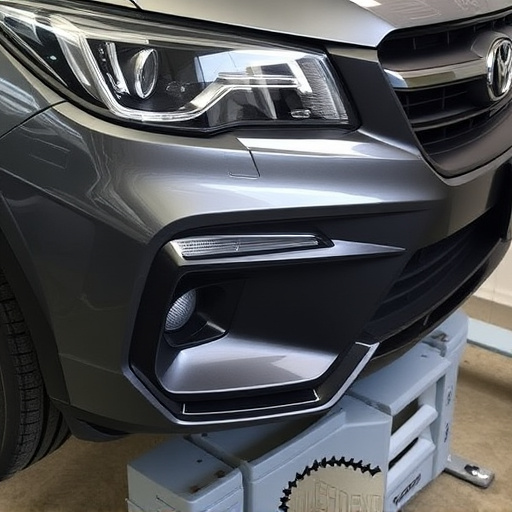
A sustainable collision center goes beyond just repairing vehicles; it actively promotes community well-being through its green practices. By adopting eco-friendly methods in their operations, such as using recycled materials and energy-efficient equipment, these centers significantly reduce their environmental footprint. This not only helps preserve natural resources but also contributes to cleaner air and water, crucial aspects of a healthy community.
Moreover, sustainable collision centers often prioritize the health and safety of their employees and customers. They invest in training and technology that minimize exposure to harmful chemicals commonly used in traditional automotive body work, including luxury vehicle repair and car body repair. This commitment ensures that everyone involved in the process is protected, fostering a safer and healthier environment for all community members.
Measuring Impact: Success Stories from Sustainable Collision Centers

Measuring the impact of a sustainable collision center is akin to unraveling a symphony of positive change. These centers, dedicated to eco-friendly practices, don’t just fix cars; they foster community health and well-being. Success stories abound, with many sustainable collision centers reducing waste, minimizing harmful emissions, and employing recycled materials in vehicle body shop processes. Some have even implemented solar panels and water recycling systems, turning their facilities into models of green innovation.
Imagine a luxury vehicle repair hub that not only restores damaged cars but also contributes to a cleaner environment. These pioneers in the car bodywork services industry are leading by example, proving that environmental stewardship and quality workmanship can go hand in hand. Their commitment extends beyond operational sustainability, fostering local community engagement through job creation, eco-awareness campaigns, and partnerships with schools, showcasing a holistic approach to collision center management.
Sustainable collision centers are not just places for vehicle repairs; they are community hubs that prioritize environmental conservation and promote well-being. By adopting green practices, these centers significantly reduce their ecological footprint while setting an example for eco-friendly initiatives. The success stories highlighted in this article demonstrate that a sustainable collision center can foster a healthier community, inspiring other businesses to follow suit. Embracing sustainability in the automotive industry is a crucial step towards a greener future, ensuring both environmental conservation and community health thrive.



